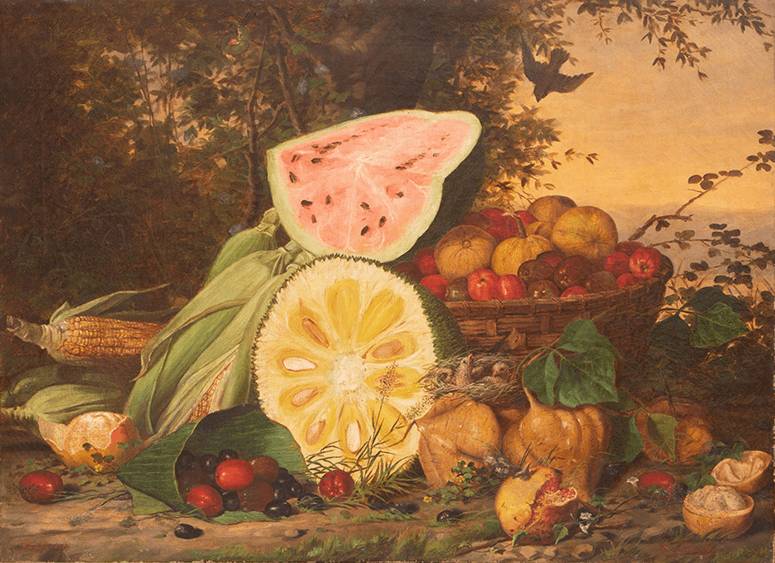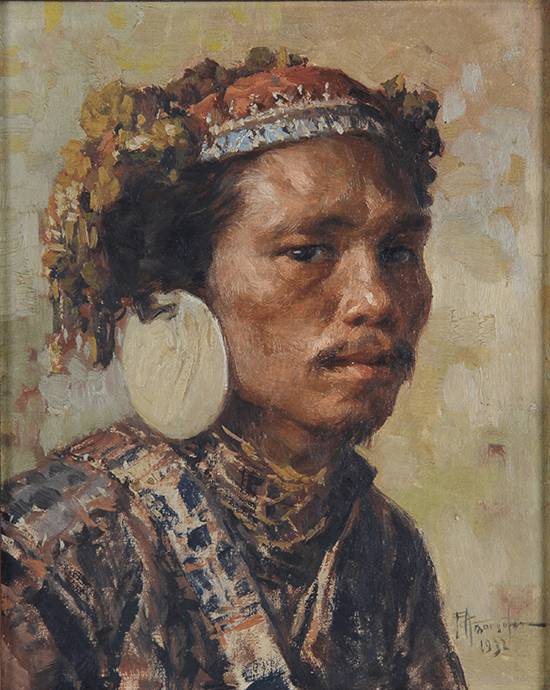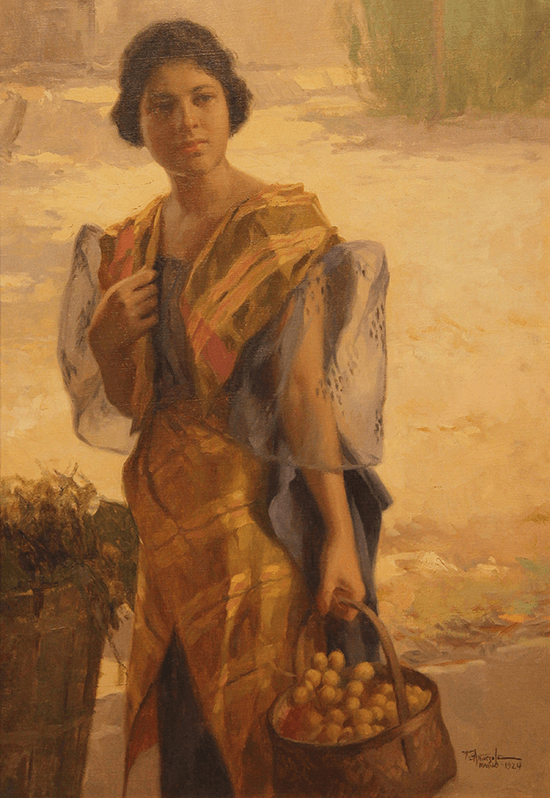Are Filipinos more patriotic in 2022?
In 2016, the citizens of a group of 19 countries were asked the question, “Do you think you live in the best country in the world?”
Overwhelmingly, Americans—a whopping 41 percent of them—thought so; India and Australia came in second and third respectively with around 30 percent each of their citizens waving the flag. The UAE, Saudi Arabia and Thailand came in next, each registering some 25 percent of their countrymen thinking they lived in the best place on the planet.
The You.Gov survey—surprisingly for some, or not—listed the Philippines as the seventh country in the world most preferred by their citizens, coming in ahead of the Indonesians, the Brits and the Danes, in that order, in their positive estimation of their homeland.
How so? The survey results offered this curt analysis that perhaps described the temper of the times rather than any cause and effect: “The newly-elected Philippines president Rodrigo Duterte assumed office in June this year. Known as ‘The Punisher,’ he was elected on a platform of hard-right patriotic populism.”
For whatever reason, this kind of patriotism would have been music to my mother’s ears. As the first chairperson of the newly minted National Historical Commission in the 1960s, she would routinely gnash her teeth over what she perceived was the uphill battle to engage Filipinos in the narrative of their past.
One of her “outreach” projects—before it was fashionable to use that term—was to put together the "Kasaysayan," a pictorial exhibit of our country’s history, load it on a boat and send it on a tour of the islands, docking at every major port.
It was cold comfort to her that ours was a very young republic. Although the first (and oldest) in Asia, it was formally born in 1898 and had that hard-won impetus towards independence snatched from it until 1946.

Our first national museum is only slightly older than the first Philippine republic: Pedro Paterno was appointed by the Spanish crown in 1893 as its first Filipino director.
The Philippine National Museum, like the British Museum, in fact started out as a “cabinet of curiosities” put together by the idiosyncratic and wildly eccentric ilustrado Paterno who filled it with his overflowing collection of historical and ethnological objects. (Its logo was designed by no less than Juan Luna, a personal friend and protégé.)
It was, of course, blown to smithereens in the Battle of Manila and there is a sad photograph of it from 1948, when the Art Association of the Philippines first set up shop on its pockmarked ruins.
In fact, the Philippine Art Gallery, the first of its name to use the language of Game of Thrones, would only spring to life in 1951. Galleries and exhibitions as we know them today, therefore, have only been around officially for just 70-odd years.

Despite their very young age, museums all over the country—such as those managed by the National Historical Commission of the Philippines (NHCP)—have registered steadily increasing and also record attendance.
The attendance numbers read like a film producer’s dream: 97,940 visitors in the first quarter of 2022; to almost double that or 178,537 in the second quarter; with no end in sight at 190,474, as recorded in the third quarter of the year.
The commission administers 27 museums throughout the Philippines and just last week opened its 28th, the Jose B. Lingad Museum in Lubao, Pampanga.
The Ayala Museum echoes these encouraging results. Newly opened after careful renovation, the institution has reached 145 percent of their 2022 audience targets—with many more teens and millennials in the mix.
“With school field trips being on hold,” its expert on audience development noted, “the young ones visit of their volition. It is a good indicator that they are genuinely interested in visiting museums and spending their time purposefully learning more about Filipino art and culture.”
Its senior director, Ma. Elizabeth Gustilo, says, “Whether instigated by a desire to clear up the confusion brought about by fake news or because cultural institutions like ours have utilized online platforms to reach a broader audience both to fascinate and to inform, we have observed a healthy and refreshing resurgence of interest in Philippine art and culture among the youth, both on-site and online. Too soon to say if they’ve become patriotic as a result but clearly the seeds have been planted and the challenge going forward is to sustain that interest.”

One of its marquee exhibits, titled “Intertwined: Transpacific, Transcultural Philippines” and curated by Florina H. Capistrano-Baker, is a must-see that brings together a gorgeous treasure trove of paintings, silver and ivory.
It presents the best argument for being proud of your country and the marvelous talents of the Filipino. (You can still catch its last few days on Dec. 21 to 23 and again on Dec. 28 to 30, before it ends its run.)
For those who prefer to stay at home in this digital age, the lure of the printed page to explore our past remains. The National Historical Commission has also reported blockbuster sales of their historical books in the last book fair and noted a bumper crop in orders online as well.
It was, however, Aguinaldo who was first interested in symbols of nationhood. It was he who flew the first Philippine flag and commissioned the first National Anthem, both in 1898.
We also have him to thank for the first-ever Rizal Day, when he issued a decree on Dec. 20, 1898 declaring a national day of mourning for Rizal—“and all victims of Spanish colonial rule"—on Dec. 30 of each year.
Speaking of dying for one’s country, the survey results changed dramatically when a different question was put: “Are you willing to fight for your country?” Only one country from the You.Gov survey—and that was India—had citizens willing to take up arms in the defense of their homes.
The top 10 nations who said they would were led by Morocco and Fiji, followed by Pakistan, Vietnam and Bangladesh, with Afghanistan, Georgia also in the list. Win/Gallup, which conducted the poll, said that it reflected as much the testosterone of the territories being embroiled in recent conflict—as well as, for others, the aversion to distant wars.
Japan, Western Europe and the United States were not so eager to jump into combat. One can only imagine the ferocity of the poll numbers that would be unleashed if Gallup went to Ukraine.
Does any of this bode well for 2023? It would appear that patriotism is alive and well in the Philippines—even without Senator Robinhood Padilla’s bill to put back history in Philippine high schools.



